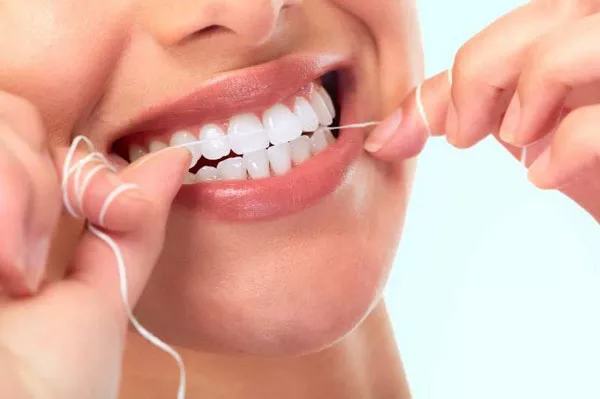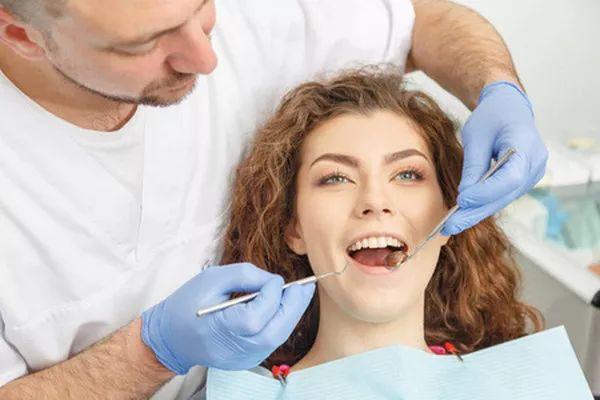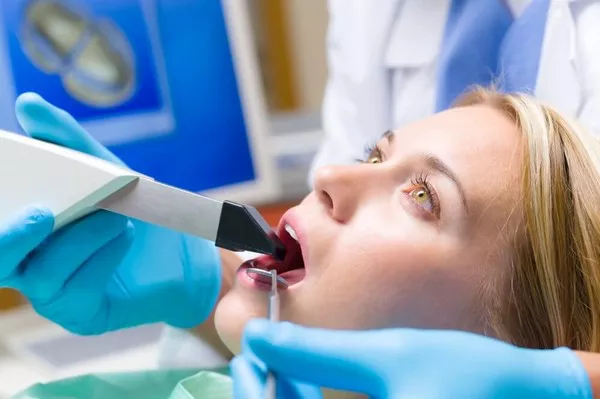In the realm of dentistry, Dr. Andrew Fish has identified a standout choice for bone graft material – EthOss. With over a decade of experience, Dr. Fish sheds light on why EthOss has become his preferred option and the unique qualities that set it apart.
Professional Journey in Dentistry:
Dr. Fish’s journey into dentistry commenced with his graduation from Glasgow University in 2006. Following two years in a specialized training program at the Edinburgh Dental Institute, he became a member of the Royal College of Surgeons in 2008. His subsequent years were dedicated to oral and maxillofacial surgery across various health trusts in the UK. Eight years ago, he transitioned to Jersey in the Channel Islands to establish his private practice, focusing on oral surgery, dental implants, and full-mouth rehabilitation. Throughout the past decade, EthOss has been his bone graft material of choice.
EthOss: A Decade of Success:
Reflecting on his experience, Dr. Fish notes the overall success rate of EthOss, particularly in sinus lifts, where it excels in safety, resorbability, and seamless integration into host bone. The safety factor becomes notably significant in sinus cases, minimizing the risk of sinusitis compared to alternative materials.
Long-Term Observations:
Dr. Fish’s reviews spanning a decade reveal the full resorption quality of EthOss. Unlike other materials that maintain the appearance of bone, EthOss undergoes complete resorption and transforms into host bone after approximately 18 months. Follow-ups exceeding five years consistently showcase positive radiographic appearances, indicating the longevity and efficacy of the graft.
Achieving Optimal Results:
For optimal results, Dr. Fish emphasizes the importance of thorough degranulation at the site, ensuring cleanliness and the absence of soft tissue tags or signs of infection. Tension-free closure, achieved through meticulous periosteal release using the blade technique, is crucial, as EthOss requires an intact periosteum for success. Layering the graft over time, especially in vertical augmentation, sets EthOss apart from other materials, allowing for effective bone regeneration within the same timeframe.
Advice for Those Considering EthOss:
Dr. Fish underscores the importance of familiarity with specific techniques and applications when considering a switch to EthOss. Acknowledging the material’s sensitivity to technique, he advises practitioners to master the proper mixing and utilization of EthOss. While noting that EthOss may not be suitable for every site or case, particularly in vertical builds in the posterior mandible, he highlights its effectiveness in approximately 90% of implant cases requiring grafting. Furthermore, he encourages consideration of the soft tissue benefits and profile improvement that EthOss offers, even in cases where hard tissue grafting may not be a primary requirement.






























